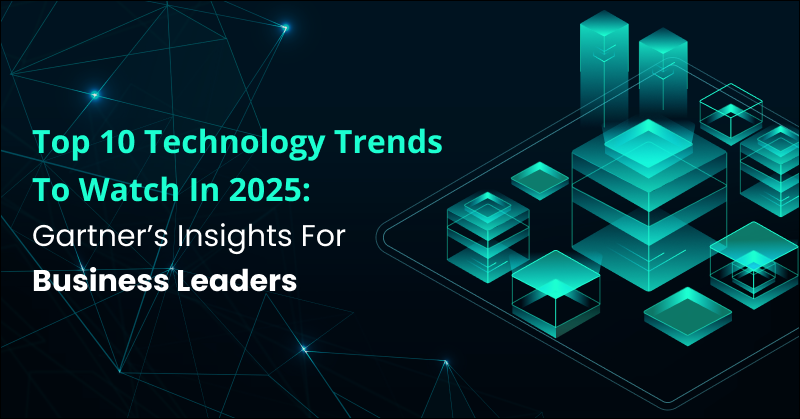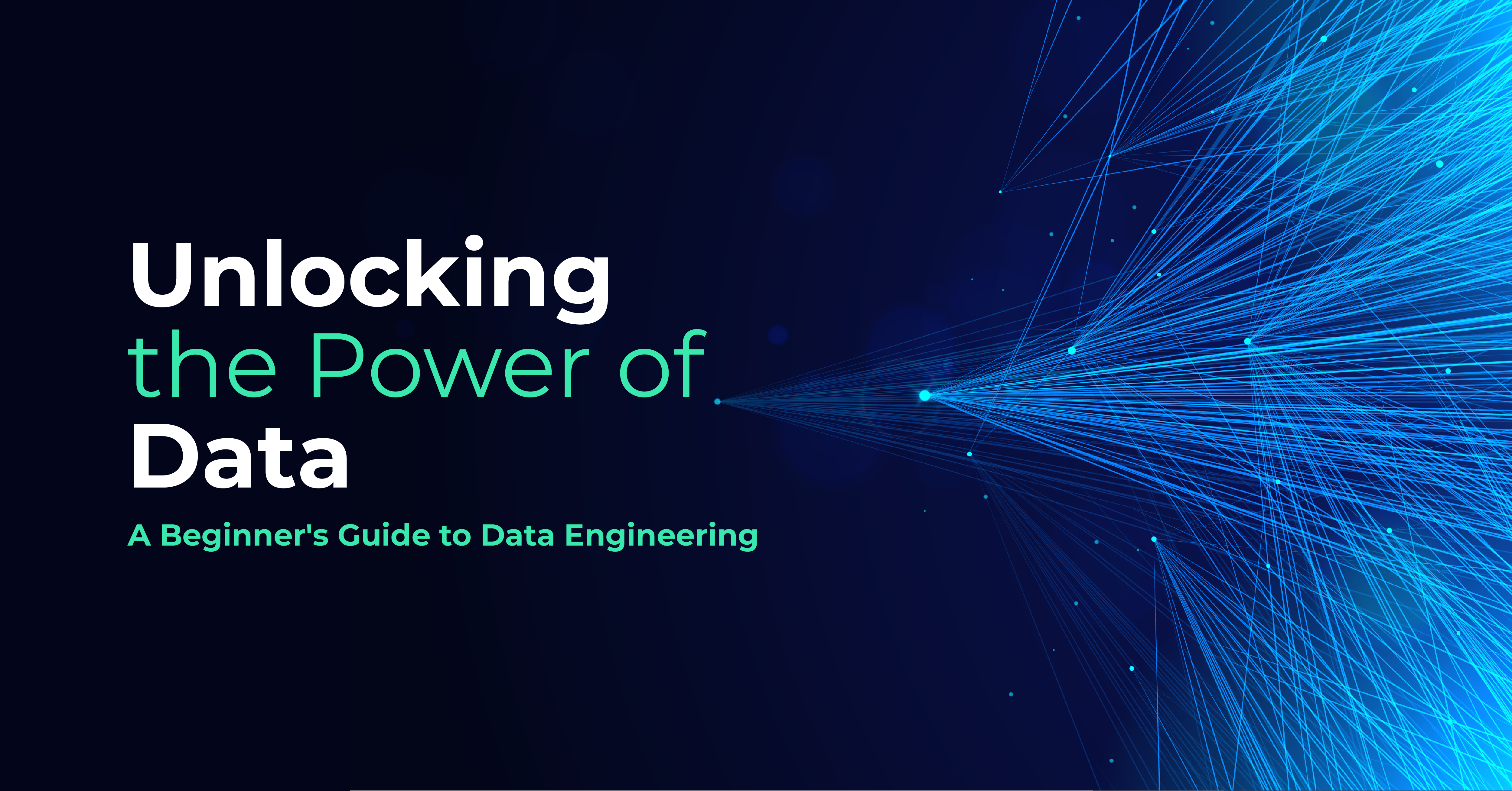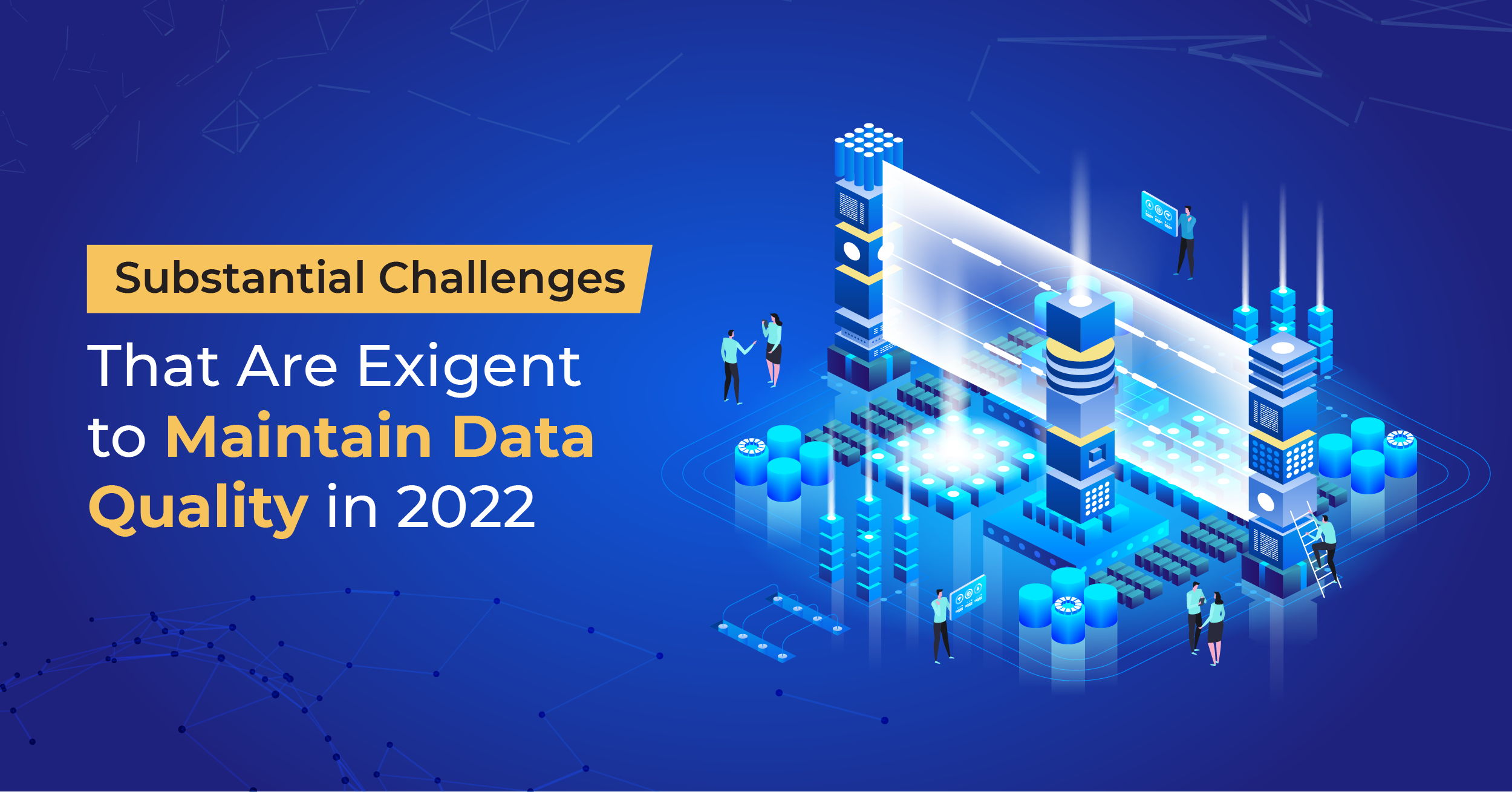Introduction to Cloud-Native Data Engineering
In 2025, many enterprises still wrestle with brittle, monolithic data stacks that cannot keep pace with growing volumes, real-time demands, or AI/ML complexity. Legacy data platforms — often cobbled from on-premises systems, ETL scripts, and brittle orchestration — require endless firefighting, limit experimentation, and create systemic bottlenecks in delivering business value.
Consider a large financial services firm: their data team spends 70% of cycles just patching ETL failures, managing pipeline drift, reconciling schema changes, and scaling hardware. Their vision of real-time fraud detection is stymied by data latency and fragility. That’s not isolated — research shows that cloud ETL platforms enable 60% faster pipeline building and reduce pipeline management time by 70% compared to traditional approaches, freeing engineers to focus on value rather than plumbing.
For CTOs, Heads of Engineering, Product leads, and Data Engineering leaders, this friction represents both a constraint and an opportunity. The shift toward Cloud-Native Data Engineering: The Future of Scalability is not just about new architecture — it’s a transformation in how data platforms are built, managed, monitored, and evolved in service of intelligent business outcomes.
Tl:DR –
- Why cloud-native data engineering is a strategic imperative under current pressures
- A clear, layered definition and conceptual framework
- The essential components of a robust, scalable cloud-native data architecture
- Best practices for reliability, governance, and operational excellence
- A practical implementation roadmap — step by step
- How to measure impact and ROI with real metrics
- Emerging trends and future foresight
- Techment’s perspective and approach to enabling scalable, enterprise-grade data transformation
Learn how Techment empowers data-driven enterprises in Data Management for Enterprises: Roadmap
Let’s begin by exploring why the era of cloud-native data engineering is emerging now — and what’s at stake if organizations delay.
The Rising Imperative of Cloud-Native Data Engineering
Drivers, Trends & Pressures
- Scalability as the primary cloud driver
According to 2025 cloud adoption surveys, scalability is cited by 71% of decision-makers as the top driver for cloud migration. This isn’t surprising — static infrastructure cannot adapt to spiky workloads, real-time processing, or bursty AI workloads.
- Cost pressure and efficiency demands
Enterprises increasingly demand that data platforms pay for themselves. Migrating from on-prem to cloud ETL systems yields cost savings in the range of 20–40% through elimination of overprovisioning, hardware maintenance, and idle resource waste.
- Explosion of data volume and variety
The diversity of data — structured, semi-structured (JSON, Parquet, logs, event streams), unstructured, and metadata — is growing rapidly. Cloud-native tools natively handle elasticity across these forms.
- Real-time, low-latency demands
Use cases like real-time analytics, fraud detection, personalization, IoT pipelines, and autonomous systems impose sub-second latency requirements, which legacy batch-first systems struggle to meet.
- Embedded AI/ML and generative pipelines
The future of every enterprise is AI-driven — and those models depend on clean, timely, well-versioned data. Cloud-native systems allow flexible compute scaling for training, real-time feature serving, and maintaining freshness. LakeFS describes growing emphasis on data version control, metadata, catalog interoperability, and unified storage-compute models.
- Governance, compliance & security at scale
As data footprints expand, governance cannot be an afterthought. 92% of enterprises report significantly accelerated cloud adoption for AI initiatives, with data governance cited as a top concern by 81% of technology leaders.
The Cost of Inaction
- Operational fragility: Frequent pipeline failures, schema drift, data quality issues, and unreconciled lineage degrade trust, increasing “shadow BI” and duplicate pipelines.
- Innovation bottlenecks: Teams slow down new features because legacy architecture needs rework or capacity planning months in advance.
- Technical debt accumulation: Siloed data, custom point solutions, and patchwork pipelines become unmanageable over time.
- Competitive disadvantage: Organizations that can dynamically scale data and AI pipelines gain lead time in insights, personalized product experiences, and automated decisions.
In short: waiting to adopt cloud-native data engineering is no longer benign — it compounds risk, delays innovation, and constrains growth.
Explore real-world insights in How Techment Transforms Insights into Actionable Decisions Through Data Visualization?
Defining Cloud-Native Data Engineering
To cut through the hype, let’s establish a clear, rigorous definition and layered framework.
Definition
Cloud-native data engineering refers to designing, building, and operating data pipelines and platforms that are intrinsically optimized for cloud environments — leveraging elasticity, managed services, declarative infrastructure, containerization, auto-scaling, and unified orchestration — to deliver scalable, resilient, and intelligent data solutions.
Contrast this with “cloud-enabled” or legacy-lifted data stacks (e.g., repackaged on-prem ETL tools) — cloud-native is about rethinking data systems for the cloud-first era.
Core Dimensions of Cloud-Native Data Engineering
- Elastic Compute & Storage Decoupling
- Separation of compute and storage (e.g., object storage, data lake, cloud warehouse) for independent scaling
- Auto-scaling, serverless compute, and burst workloads
- Declarative Infrastructure & Orchestration
- Infrastructure-as-code (IaC), Kubernetes, and declarative service definitions
- Managed orchestration (e.g., cloud-native data workflow tools)
- Managed Services & Platform Abstraction
- Leverage managed cloud services (catalog, data lake, message systems, streaming) rather than reinventing.
- Abstractions that decouple underlying boilerplate from business logic
- Metadata, Catalog & Lineage-first Architecture
- Built-in metadata, data lineage, versioning, schema evolution, and observability
- Unified catalog connectivity (e.g., multi-cloud catalogs)
- Resilience, Observability & Self-Healing
- Automated retry, backpressure handling, fault tolerance, circuit breakers
- Metrics, tracing, alerting, anomaly detection (observability)
- Governance, Security & Policy-as-Code
- Data access policies, role-based access, data contracts, compliance, audit trails
- Policy enforcement via code or runtime checks
- Feedback & Adaptation Loop
- Continuous measurement, SLAs, drift detection, dynamic adaptation
Each domain (compute, orchestration, metadata, governance) must co-evolve to deliver the holistic promise of cloud-native data engineering.
Dive deeper into Top 5 Technology Trends in Cloud Data Warehouse in 2022
Key Components of a Robust Cloud-Native Data Engineering Architecture
In this section, we’ll break down each component of a mature cloud-native data stack, with examples, metrics, and automation patterns.
- Data Ingestion & Integration Plane
- Streaming ingestion (e.g., Kafka, Kinesis, Pulsar, Pub/Sub) for real-time events
- Batch ingestion connectors (e.g., connectors, CDC tools)
- Hybrid ingestion patterns (both micro-batch and streaming)
- Metadata-driven ingestion orchestration: dynamic schema detection, incremental vs full loads, partitioning logic
- Backpressure, checkpointing, watermarking, idempotency
In research on cloud-based ingestion, a metadata-driven design reduced ingestion time significantly in Azure architectures.
- Storage & Data Lake / Lakehouse / Warehouse
- Object storage (e.g., S3, ADLS, GCS) as central storage
- Lakehouse / hybrid formats: Delta Lake, Apache Iceberg, Hudi
- Decoupled compute + storage (allowing independent scaling)
- Time-versioned storage & snapshot isolation
- Support for OLAP, serving layers, and hybrid transactional workloads
For example, Alibaba’s PolarDB-IMCI demonstrates cloud-native HTAP database scaling with low latency and elasticity.
- Compute / Processing Engines
- Batch engines: Spark, Flink (stream & batch unified), Beam
- Streaming-first engines (with micro-batch fallback)
- Serverless compute (e.g., managed compute, FaaS)
- Autoscaling, dynamic partitioning, resource pooling
- Compute offloading / asynchronous I/O, vectorized execution
Apache Flink’s modern designs support disaggregated state storage and can decouple compute from stateful storage, improving elasticity.Wikipedia
- Orchestration & Workflow Layer
- Declarative DAG-based orchestration (e.g. Airflow, Dagster, Prefect) but with cloud-native extensions
- Event-driven triggers, dynamic DAG generation, backfills, conditional branching
- Data-driven orchestration (metadata, lineage-driven triggers)
- Retry policies, SLA checks, alerting
- Metadata, Catalog & Data Governance
- Unified data catalog (multi-cloud-aware)
- Lineage tracking, schema versions, data contracts
- Schema evolution & validation
- Data profiling, quality rules, monitoring pipelines
- Access control, PII tagging, policy engines
LakeFS points to catalog interoperability, data version control, and metadata-first architectures as rising trends.
- Observability, Monitoring & Self-Healing
- Metrics collection (latency, throughput, error rates)
- Tracing & distributed span tracing
- Anomaly detection and alerting (data drift, schema changes)
- Auto-retries, circuit-breakers, self-healing workflows
- Data quality feedback loops
- Governance & Security (Policy Layer)
- Policy-as-code (e.g., Open Policy Agent, custom policy engines)
- Role-based access, row-level / column-level controls
- Data contracts and SLA enforcement
- Audit trails, compliance, lineage reports
Each component must integrate tightly with others — for example, orchestration must be metadata-aware, compute must integrate with catalog, and observability must monitor across ingestion–compute–storage pipelines.
👉 See how Techment implemented scalable data automation in Unleashing the Power of Data: Building a winning data strategy
Best Practices for Reliable, Scalable, Cloud-Native Data Engineering
Here are 6 strategic best practices that data leaders should embed to drive reliability, scalability, and business value:
- Design for Failure & Chaos Resilience
Treat every component (ingestion, compute, orchestrator) as potentially failing. Use retries, circuit breakers, idempotent operations, compensation logic, and always specify SLAs. Perform chaos testing in non-prod environments to validate.
- Metadata-Driven Automation & Self-Service
Build pipelines that derive logic from metadata (schemas, partitions, contracts), enabling new sources to onboard with minimal custom coding. Expose self-service ingestion or model-serving interfaces so teams can onboard to data products autonomously.
- Enforce Policy-as-Code & Governance Early
Apply policy enforcement from day one — e.g. access restrictions, schema contracts, lineage checks, data quality gates. Governance must not be retrofitted.
- Observability & Anomaly Detection as First-Class
Instrument every pipeline end-to-end. Use anomaly detection to flag drift, latency spikes, schema violations. Use dashboards and guardrails, not just alerts.
- Incremental & Streaming-First Strategy
Favor incremental loads or streaming micro-batches over full batch refreshes. For many use cases, near real-time deliverables provide superior business value.
- Cross-Functional Alignment & Bridge Teams
Encourage embedding data engineers into product or domain teams. Use data contracts, SLAs, and domain ownership models (e.g., data mesh). Promote shared metrics and alignment between engineering, analytics, product, and operations.
Each practice is repeatable, data-driven, and scalable — not theoretical. They enable organizations to scale pipelines with confidence, even under evolving needs.
👉 Explore how Techment drives reliability by diving deeper into Data-cloud Continuum Brings The Promise of Value-Based Care
Implementation Roadmap: Step-by-Step Guide
Adopting cloud-native data engineering can feel daunting. Here’s a six-step roadmap to guide transformation:
Step 1: Assessment & Baseline
- Catalog existing pipelines, tools, operational pain points
- Measure metrics: pipeline failure rates, latency, cost, data quality issues
- Identify high-value use cases (e.g. real-time analytics, AI pipelines)
Pro Tip: Use a lightweight “data maturity audit” framework — map current vs desired maturity in ingestion, orchestration, governance, observability.
Step 2: Define the Target Architecture & MVP
- Sketch target architecture layers (ingestion, compute, storage, catalog, governance)
- Choose a minimum viable product (MVP) — a critical data pipeline or domain to refactor
- Select core technologies (e.g., Delta Lake, Flink, Dagster, metadata store)
Step 3: Build Core Platform & Shared Capabilities
- Implement the shared metadata/catalog, access control, observability foundations
- Create reusable ingestion and transformation templates
- Develop governance/policy modules (policy-as-code) and baseline monitoring
Step 4: Migrate / Refactor Pipelines
- Gradually refactor existing pipelines into cloud-native architecture
- Start with non-critical or medium-risk pipelines
- Use parallel-run during migration (run old + new) and validate correctness
Pitfalls to avoid: big-bang migration, ignoring dependencies, skipping governance, or not instrumenting telemetry.
Step 5: Enable Self-Service & Domain Onboarding
- Expose reusable pipeline templates and onboarding docs
- Train domain teams or “citizen data engineers” with guardrails
- Deploy protocols for data contracts, SLAs, and onboarding checklists
Step 6: Continuous Improvement & Feedback Loop
- Monitor metrics, detect drift, improve performance
- Iterate & optimize modules (e.g., caching, partitioning, compute tuning)
- Expand platform to more domains and regions
Pro Tips:
- Use feature flags & side-by-side runs
- Start with “low-hanging fruit” pipelines to build confidence
- Embed governance checks early — don’t leave them as an afterthought
👉 Read how Techment streamlined governance in Optimizing Payment Gateway Testing for Smooth Medically Tailored Meals Orders Transactions!
Measuring Impact & ROI
To track success, you must define and monitor quantitative metrics. Here are key metrics and a mini case scenario.
Key Metrics to Monitor
| Metric | Business Relevance | Typical Baseline / Target |
| Pipeline uptime / success % | Reliability of data delivery | Increase from 90% → 99.5% |
| Latency / freshness | Speed of data availability | Achieve end-to-end < 1 minute or < 5 minutes |
| Throughput / scale | Volume handled per unit time | Support growth (e.g. +10×) |
| Data quality errors / anomalies | Trust in data | Reduction in quality alerts by 60–80% |
| Cost per TB / per compute hour | Efficiency | Lower normalized cost via compute/storage decoupling |
| Developer / engineer productivity | Time freed for innovation | 40–60% hours saved from infrastructure toil |
| Business-impacting metrics | E.g. revenue uplift, churn reduction | Correlate pipeline improvements to business KPIs |
Mini Case Study
A retail enterprise adopted cloud-native data engineering in a pilot domain:
- Before: Their nightly ETL pipeline ran for 3 hours, failed ~5% of days, cost ~$2,000/day in compute overhead, and required 2 full-time engineers for maintenance.
- After migration:
- Latency reduced to 30 minutes
- Pipeline success rate increased to 99.9%
- Annual compute cost reduced by 25%
- Engineers reclaimed ~1,000 hours/year to work on analytics and innovation
- Business impact: better inventory forecasting led to 2% reduction in stockouts (worth $1M revenue uplift annually)
This illustrates how modernization yields not just reliability gains, but measurable, business-aligned ROI.
👉 Discover more in our case study on Autonomous Anomaly Detection and Automation in Multi-Cloud Micro-Services environment
Emerging Trends and Future Outlook
Cloud-native data engineering will continue evolving — here are six trends and future predictions to watch.
- Autonomous / Agentic Data Management
Platform firms like Acceldata are launching Agentic Data Management platforms that apply AI agents to detect, resolve, optimize across data pipelines autonomously.Wikipedia
- Data Mesh & Domain Ownership Models
Decentralized ownership (data mesh) will further mature, with cloud-native infrastructure supporting domain-oriented pipelines integrated via common catalogs and contracts.
- Integrated LLM & Generative AI Pipelines
Data engineering must support LLM-driven workflows, prompt pipelines, streaming embedding updates, retrieval-augmented generation (RAG) support, and drift detection in embeddings.
- Observability & Explainability for AI
Observability will extend beyond pipelines into model input drift, feature attribution, and explanation of data transformations feeding AI models.
- Cross-Cloud / Hybrid Data Planes
To avoid lock-in, enterprises will adopt federated, hybrid, multi-cloud data planes with unified catalog and policy layers.
- Compute-Storage Disaggregation & Serverless Patterns
Storage and compute will be fully decoupled; applications will rely on serverless or ephemeral compute attached to materialized views or data slices.
As Data Engineering Weekly puts it, cloud-native IDEs will natively run in the cloud, with embedded governance, lineage, and contract enforcement.dataengineeringweekly.com
👉 Explore next-gen data thinking in Data Cloud Continuum: Value-Based Care Whitepaper
Techment’s Approach To Cloud-Native Data Engineering
At Techment, we believe that Cloud-Native Data Engineering: The Future of Scalability isn’t a buzzphrase — it’s the architecture of tomorrow’s intelligent enterprises. Over the past decade, we have architected scalable data platforms for Fortune 500 clients across industries, embedding governance, AI-readiness, and self-service capabilities.
Our Approach: The TEAMS Methodology
- Transition (assess, pilot)
- Engineer (platform capabilities, templates)
- Automatize (metadata-driven, self-service)
- Monitor (observability, feedback loops)
- Scale (expand, onboard domains)
We layer in domain contracts and data product thinking from Day 1. Our platform accelerators include prebuilt ingestion templates, policy-as-code modules, catalog connectors, and anomaly detection modules.
As one Techment client (a large insurer) observed: “Within six months, we moved from brittle batch pipelines to real-time dashboards, reduced failures by 85%, and reclaimed ~500 engineering-hours monthly.”
If your organization is on the cusp of scaling data or AI, Techment can assist in defining your cloud-native roadmap, piloting your MVP domain, or helping you embed governance and observability well before scale.
Discover Insights, Manage Risks, and Seize Opportunities with Our Data Discovery Solutions
Conclusion
In today’s data-driven economy, scaling intelligence is not an afterthought — it’s a necessity. Cloud-native data engineering is the foundation for building robust, flexible, and future-ready systems that drive reliable insights, AI, and business innovation.
CTOs, Data Engineering leaders, and Product Heads must act now:
- Embrace metadata-driven design,
- Embed governance from day one,
- Invest in observability and autonomy,
- And adopt domain-driven patterns to scale.
At Techment, we combine deep engineering experience with a strategic mindset to guide your transformation from fractured pipelines to a cloud-native, scalable data platform.
Schedule a free Data Discovery Assessment with Techment and begin your journey toward future-proof data scalability.
FAQ
Q1: What is cloud-native data engineering?
Cloud-native data engineering is designing and operating data infrastructure and pipelines to fully leverage cloud capabilities — elasticity, managed services, declarative infrastructure, scaling, resilience, and automation.
Q2: How is cloud-native different from cloud-enabled?
Cloud-enabled systems are typically legacy architectures moved to the cloud with minimal changes. Cloud-native is architected for the cloud — decoupled, auto-scaling, metadata-driven, and resilient.
Q3: What are the biggest risks in migrating to cloud-native data engineering?
Common risks include overambitious scope (big-bang), ignoring governance, lack of observability, underestimating dependencies, and failing to instrument properly.
Q4: How long does a typical migration take?
Pilot domain migration (MVP) often takes 3–6 months. Full-scale adoption across domains may take 12–24 months depending on complexity and scale.
Q5: How do we convince business stakeholders of ROI?
By correlating reliability gains, latency improvement, operational cost savings, and freed engineering time to business outcomes (e.g., revenue uplift, cost avoidance, innovation velocity).
Related Reads
- Data Management for Enterprises: Roadmap
- How to Assess Data Quality Maturity: Your Enterprise Roadmap
- Top 5 Technology Trends in Cloud Data Warehouse in 2022
- Data Lakehouse vs Data Warehouse: Key Differences
- AI and Data Integration: Breaking Silos for Smarter Decision-Making
- Future-Proof Your Data Infrastructure: Benefits of Using MySQL HeatWave for SMEs
 All Posts
All Posts


